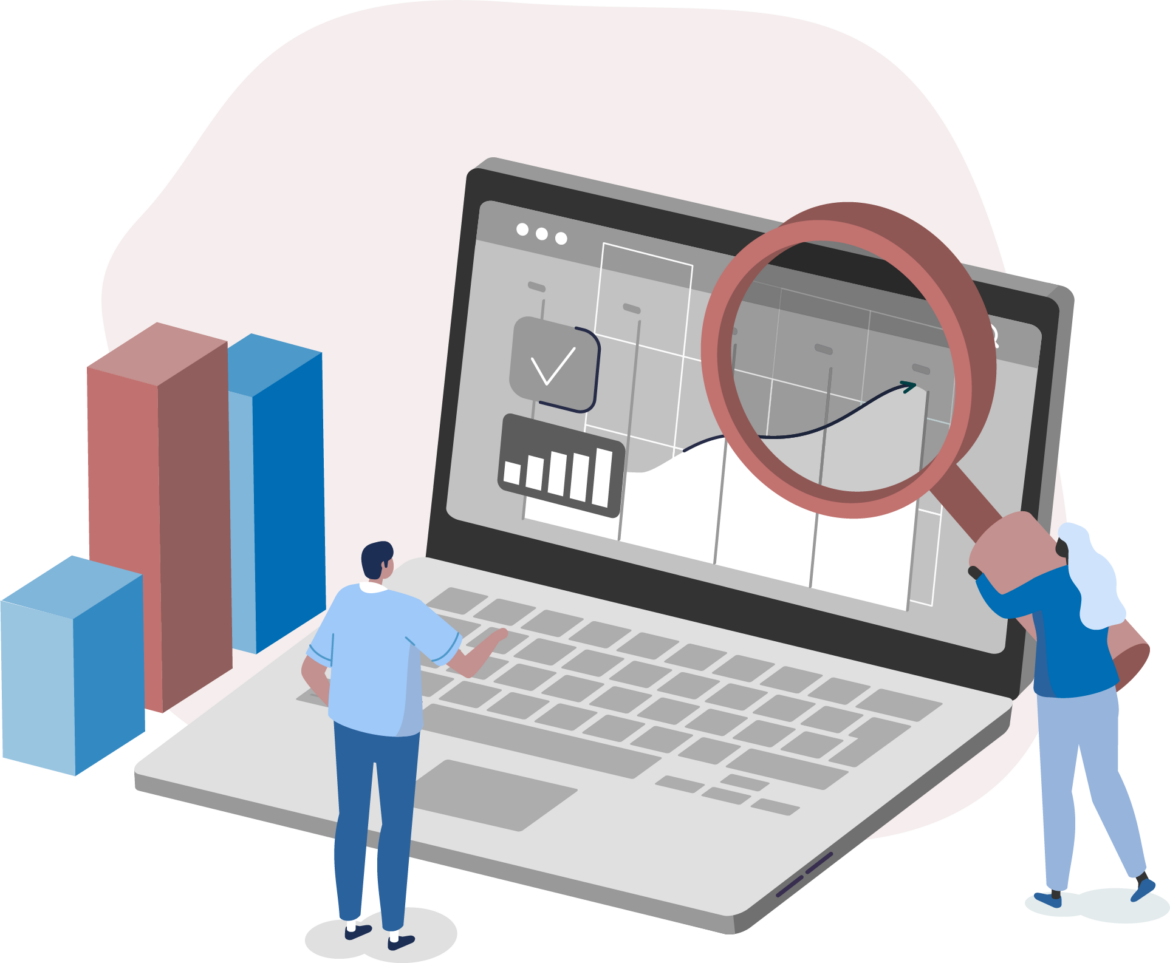Changes are coming to the National Institutes of Health (NIH) grant application process
New and renewed applications will need to include a data management and sharing plan
Beginning Jan. 25, 2023, researchers applying for funding from the National Institutes of Health (NIH) will be required to submit a data management and sharing plan (DMSP) with their new or renewed application. This policy change reflects the Institute’s longstanding commitment to make the results of the research it funds publicly accessible.
Taylor & Francis welcomes this policy change as it aligns with our own commitment to promote and support open research. Read more about our response to the White House Office of Science and Technology Policy memo, another important step towards leveraging open research to advance science and deliver change.
So, what does this change mean for researchers applying for funding and publishing their work with Taylor & Francis? The resources on this page explain more about the policy update and how to navigate this part of your publishing journey.
